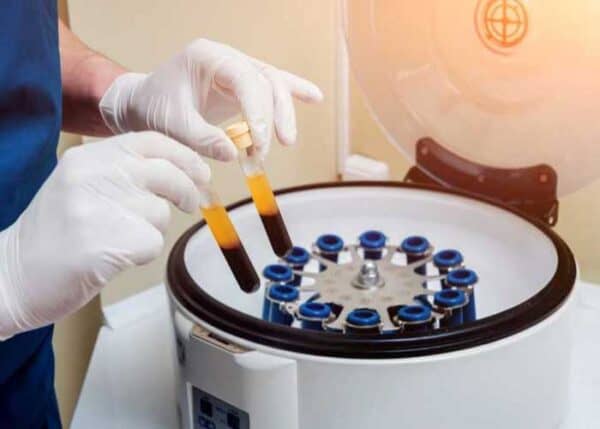An Overview of PRP Injection Therapy for Tendonitis
Tendonitis is a common orthopedic condition found in many active individuals and athletes living in the communities of Denver, Vail and Aspen, Colorado. Tendonitis is characterized as an acute tendon inflammation caused by repetitive overuse. This condition can be difficult to treat since the tendons impacted by this condition have poor blood supply for proper healing. Because of this, Dr. Matthew Provencher offers PRP injection therapy in order to help accelerate tendon healing. Clinical research and studies have shown that platelet injections for tendonitis are a safe and effective treatment option for patients suffering from tendon overuse.
What is Tendonitis?
Tendons, the tough, flexible bands of tissue that connect muscles to bones, play an important role in joint mobility and overall health. Tendons are found throughout the body but only some tendons are prone to tendonitis because they have a less abundant blood supply. Without adequate blood flowing to an injured tendon, it has a difficult time absorbing oxygen and the nutrients necessary for healing.
Commonly caused by overuse, tendonitis is most often diagnosed by Dr. Matthew Provencher in athletes and individuals involved in repetitive work activities. Patients between the ages of 40-60 years old are most likely to suffer from the condition’s painful symptoms.
What is PRP Injection Therapy?
Platelet rich plasma therapy, also known as PRP injection therapy, is a type of biologic treatment that uses the body’s natural healing abilities combined with medical technology to accelerate healing following a soft tissue injury.
Human blood is composed of four main structures including plasma, platelets, white blood cells and red blood cells. The orthopedic field of medicine has found that once activated in the body, platelets release healing proteins known as growth factors. Growth factors are naturally occurring and are capable of stimulating cellular growth and accelerating tendon healing.

How Dr. Matthew Provencher Performs Platelet Injections for Tendonitis
The overall goal of platelet injections for tendonitis is to reduce the level of swelling and pain associated with the overuse condition while accelerating healing of damaged tendons.
PRP injection therapy begins with Dr. Provencher harvesting about 15 milliliters of the patient’s own blood through a simple blood draw. The collected blood is then spun in a special machine to separate the blood’s four main structures. Once separated, the platelet rich plasma is removed and injected directly into the injured tendon. Dr. Provencher usually utilizes ultrasound guidance for proper PRP placement. When activated, the concentrated platelets release growth factors to help aid in tendon healing.
To learn more about the affects of biologics in sports medicine, please visit the biologic research section of our website: Biologic Research.
For more information on PRP injection therapy, or to determine if you are an ideal candidate for platelet injections for tendonitis, please contact the office of Dr. Matthew Provencher – orthopedic specialist serving the Denver, Vail and Aspen, Colorado communities.
Biologic Therapy FAQ
- How do BMC stem cell injections, platelet rich plasma (PRP) injections and amniotic fluid-derived allografts accelerate the healing process of orthopedic injuries?
- Are BMC stem cell injections, platelet rich plasma (PRP) and allografts all considered regenerative therapies?
- Why is bone marrow concentrate (BMC) called a stem cell “like” therapy?
- Is there an age limit for BMC stem cell injections?
- Do all platelet rich plasma (PRP) and bone marrow concentrate (BMC) stem cell therapies provide the same healing and regeneration benefits?
- Why doesn’t my insurance cover this treatment?
See all biologic articles: Biologic Studies